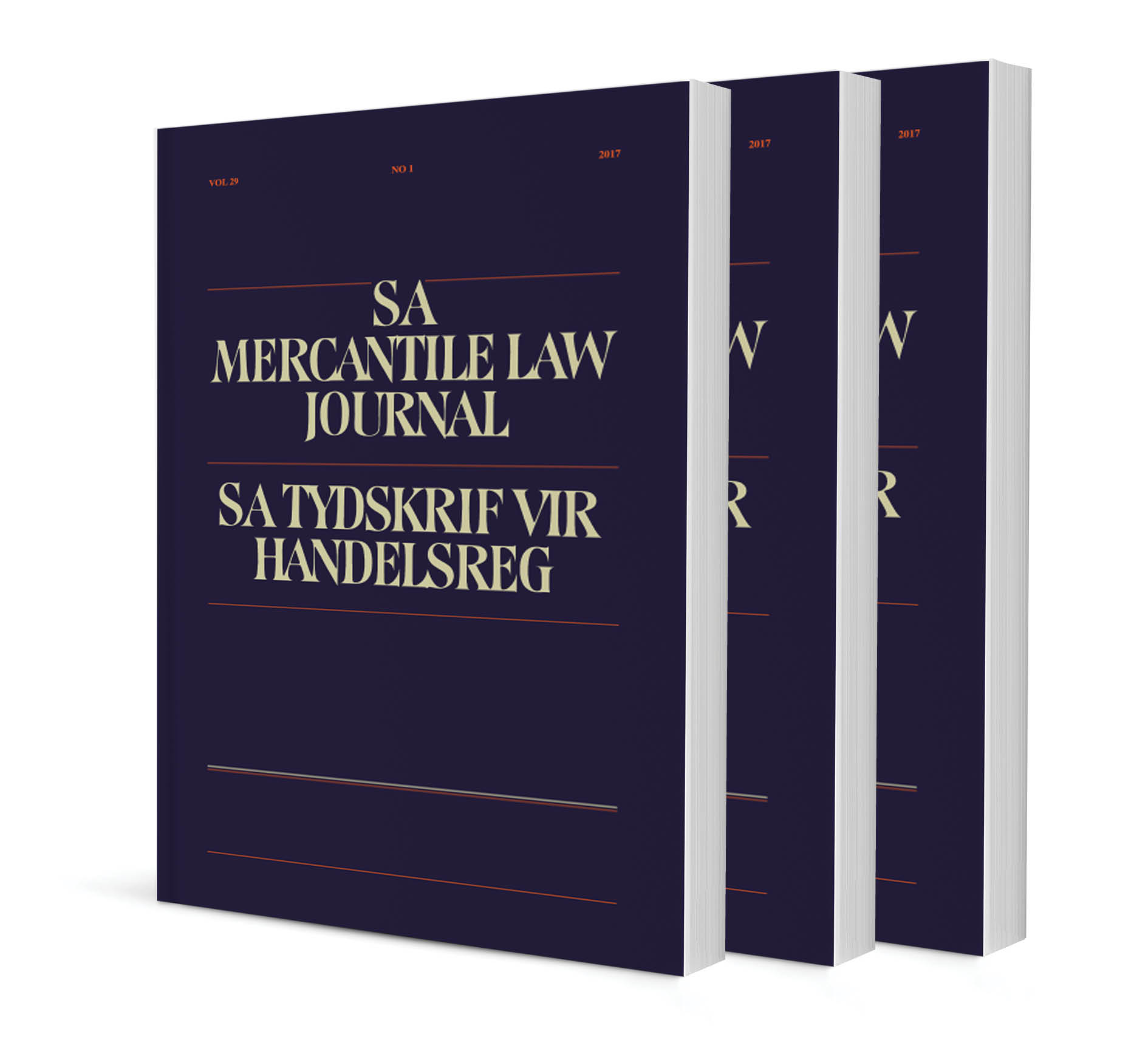Reflecting on the need for the South African Takeover Regulation to promote private contracting to mitigate the effects of post-merger or takeover eventualities on directors

Reflecting on the need for the South African Takeover Regulation to promote private contracting to mitigate the effects of post-merger or takeover eventualities on directors
Author: Justice Mudzamiri
ISSN: 1996-2185
Affiliations: Postdoctoral Research Fellow in the Faculty of Law, Mercantile Law Department, University of Johannesburg
Source: South African Mercantile Law Journal, Volume 36 Issue 2, 2024, p. 251 – 276
https://doi.org/10.47348/SAMLJ/v36/i2a6
Abstract
This article asserts that consistent with the shareholder and stakeholder perspectives, during mergers and/or takeovers, the law must, within prescribed limits, mandatorily ‘up-weight’ the interests of the directors by providing fair and adequate compensation through either creating new remedies and/or promoting private contracting. In particular, this article seeks to bolster the appropriateness and adequacy of the South African takeover regulatory framework in protecting directors through compensation after losing their office and/or employment in the face of mergers and/or takeovers through a comparative assessment with the United Kingdom (UK), and the United States of America (US). Often takeover transactions, heighten the possibility of the incumbent directors facing severe conflicts of interest, because, by nature, when these transactions succeed, they potentially affect directors personally. The varied potential consequences of takeovers include, on the one hand, fear of the loss of employment, and on the other hand, directors may loathe continuing their employment in a newly formed company which would have significantly altered its ownership structure and/or corporate objectives. This article argues that to mitigate conflicts of interest, takeover regulatory regimes must provide for fair and adequate compensation to the incumbent directors’ post takeover-related employment losses, to minimise the likelihood of the directors being influenced by self-serving objectives. This article identifies the weaknesses and strengths of directors’ protection in South Africa, the UK, and the US — providing lessons for bolstering directors’ protection post-takeovers in South Africa.